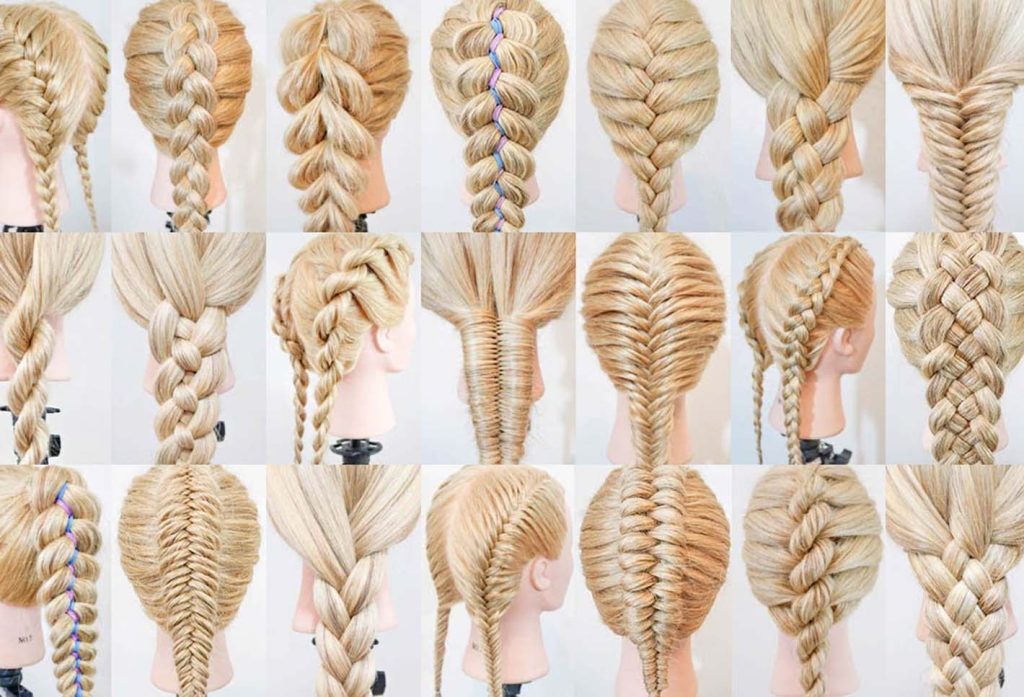
Dermatologist-Endorsed: 8 Strategies to Prevent and Treat Receding Hairlines
A receding hairline is a common concern that can impact one’s confidence and appearance. Luckily, advancements in dermatology offer various methods to address and prevent this issue. I we’ll explore eight dermatologist-approved strategies to combat receding hairlines comprehensively. From lifestyle adjustments to advanced treatments, we’ll cover the full spectrum of options available. Additionally, we’ll answer frequently asked questions to ensure a thorough understanding of how to maintain a healthy hairline.
Understanding Receding Hairlines
Before delving into prevention and treatment methods, it’s essential to grasp the contributing factors. Genetics, hormonal changes, age, and lifestyle all play roles in a receding hairline. Typically, it involves a gradual loss of hair around the temples and forehead, forming an M-shaped pattern. Now, let’s explore dermatologist-recommended strategies to tackle this concern.
1. Adopt a Healthy Lifestyle
A holistic approach to hair health begins with adopting a healthy lifestyle. Dermatologists emphasize:
- Balanced Diet: Ensure your diet is rich in essential nutrients such as vitamins A and E, biotin, and omega-3 fatty acids to promote overall hair health.
- Hydration: Proper hydration is vital for hair growth. Drink an adequate amount of water daily to keep your scalp and hair hydrated.
- Regular Exercise: Physical activity improves blood circulation, delivering essential nutrients to hair follicles. Aim for at least 30 minutes of exercise most days of the week.
2. Scalp Care Routine
A meticulous scalp care routine can significantly contribute to preventing a receding hairline. Dermatologists recommend:
- Gentle Cleansing: Use a mild, sulfate-free shampoo to cleanse your scalp regularly. Avoid excessive scrubbing, as it can irritate the scalp.
- Scalp Massage: Incorporate regular scalp massages into your routine to stimulate blood flow, promoting hair growth and reducing the risk of hairline recession.
3. Hair Care Practices
Certain hair care practices can either contribute to or prevent a receding hairline. Dermatologists advise:
- Avoiding Tight Hairstyles: Hairstyles that pull tightly on the hair, such as ponytails and braids, can cause stress on the hairline. Opt for looser styles to minimize tension.
- Heat Styling Moderation: Excessive use of heat styling tools can damage hair and weaken follicles. Limit the use of flat irons and curling irons, and use heat protectant products.
4. Medical-Grade Topical Treatments

Dermatologists often recommend topical treatments containing minoxidil, an FDA-approved over-the-counter medication. Minoxidil stimulates hair follicles and promotes growth. These topical solutions are easy to apply and can be part of a daily routine.
5. Prescription Medications
For advanced cases, prescription medications like finasteride may be recommended. Finasteride inhibits the hormone dihydrotestosterone (DHT), associated with hair loss. Consult a healthcare professional before starting any prescription medication.
6. Platelet-Rich Plasma (PRP) Therapy
PRP therapy involves extracting a small amount of the patient’s blood, processing it to concentrate platelets, and injecting it into the scalp. Platelets contain growth factors that stimulate hair follicles and promote regrowth.
7. Low-Level Laser Therapy (LLLT)
LLLT is a non-invasive treatment using low-level lasers or LEDs to stimulate hair follicles. Devices like laser caps or helmets deliver this therapy.
8. Hair Transplant Surgery

For a more permanent solution, hair transplant surgery can be an option. This involves transplanting hair follicles from a donor area to areas with receding hairlines.
FAQ
Q: Are there natural remedies for preventing a receding hairline?
A: While some natural remedies, such as essential oils and herbal supplements, are suggested, their effectiveness varies, and scientific evidence is limited. Consult with a dermatologist before relying solely on natural remedies.
Q: Can stress cause a receding hairline?
A: Chronic stress can contribute to hair loss, but it’s not the sole cause of a receding hairline. A combination of genetic, hormonal, and lifestyle factors typically plays a role.
Q: At what age can a receding hairline start?
A: The onset of a receding hairline varies among individuals. While it commonly occurs with aging, it can manifest in younger individuals due to genetic factors or hormonal changes.
Q: Can women experience a receding hairline?
A: Yes, women can experience a receding hairline, although it is less common than in men. Female pattern hair loss may involve thinning at the hairline or widening of the part.
Addressing a receding hairline involves a combination of lifestyle changes, proper hair care, and, if necessary, medical interventions. Consulting with a dermatologist can help determine the most suitable approach based on individual factors. Early intervention often yields more effective results, so don’t hesitate to seek professional guidance if you have concerns about your hairline.




